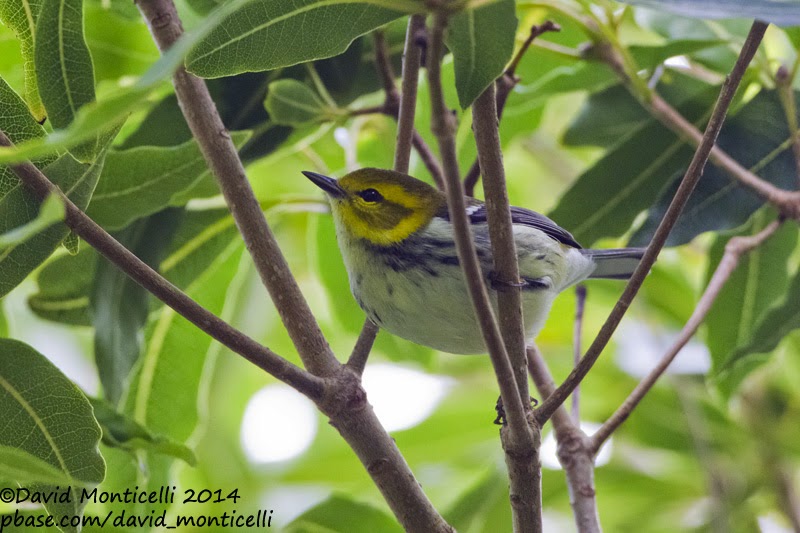A changeable day saw a front pass over the island during the morning, with moderate westerlies and heavy rain as well as plenty of low cloud. By midday the weather had cleared to leave a beautifully warm and sunny afternoon. In theory, it was the perfect afternoon for new birds to be found - and that theory was put in to practice nicely by the assembled birders on the island.
Several new landbirds were discovered today: the Polish Birding Team found a Northern Parula at Fojo picnic site, with Hugues Dufourny locating a confused snipe flying around in the fog in the vicinity - this bird later well observed by Josh Jones on a nearby track before being flushed by the taxi bringing other birders for the parula! In terms of identification, it appears a good Wilson's Snipe.
Wilson's Snipe, Fojo (Josh Jones)
At least six Red-eyed Vireos were discovered across the island today including three in da Ponte - including two together an unusual occurrence here, with vireos normally solitary. Richard Ek also scored with Common Yellowthroat in tamarisks at the west end of the airstrip while a Pectoral Sandpiper was seen and heard flying around high above Ribeira da Lapa. The Philadelphia Vireo was again seen in Fojo.
Most bizarre find of the day was a Corncrake in the Tennessee Valley, where two Scarlet Tanagers and a Rose-breasted Grosbeak remained. Believe it or not but this is not a first for Corvo - in fact there are several records from the past decade!
Birds:
Corncrake, 1, Tennessee Valley
Pectoral Sandpiper, 1, above Ribeira da Lapa
White-rumped Sandpiper, 1st-winter, Old Harbour
Wilson's Snipe, 1, Fojo picnic area
Black-headed Gull, 1st-winter, airstrip
Eurasian Collared Dove, 3, 2 Lapa, 1 Village
Willow Warbler, 1, Tennessee Valley
Scarlet Tanager, 2, Tennessee Valley
Red-eyed Vireo, 6, 3 Ribeira da Ponta, 2 Fojo, 1 camping site
Philadelphia Vireo, 1, Fojo
Common Yellowthroat, 1 tamarisks SW of airstrip
Northern Parula, 1st-winter male, Fojo picnic area
Rose-breasted Grosbeak, 1st-winter female, above Tennessee Valley












